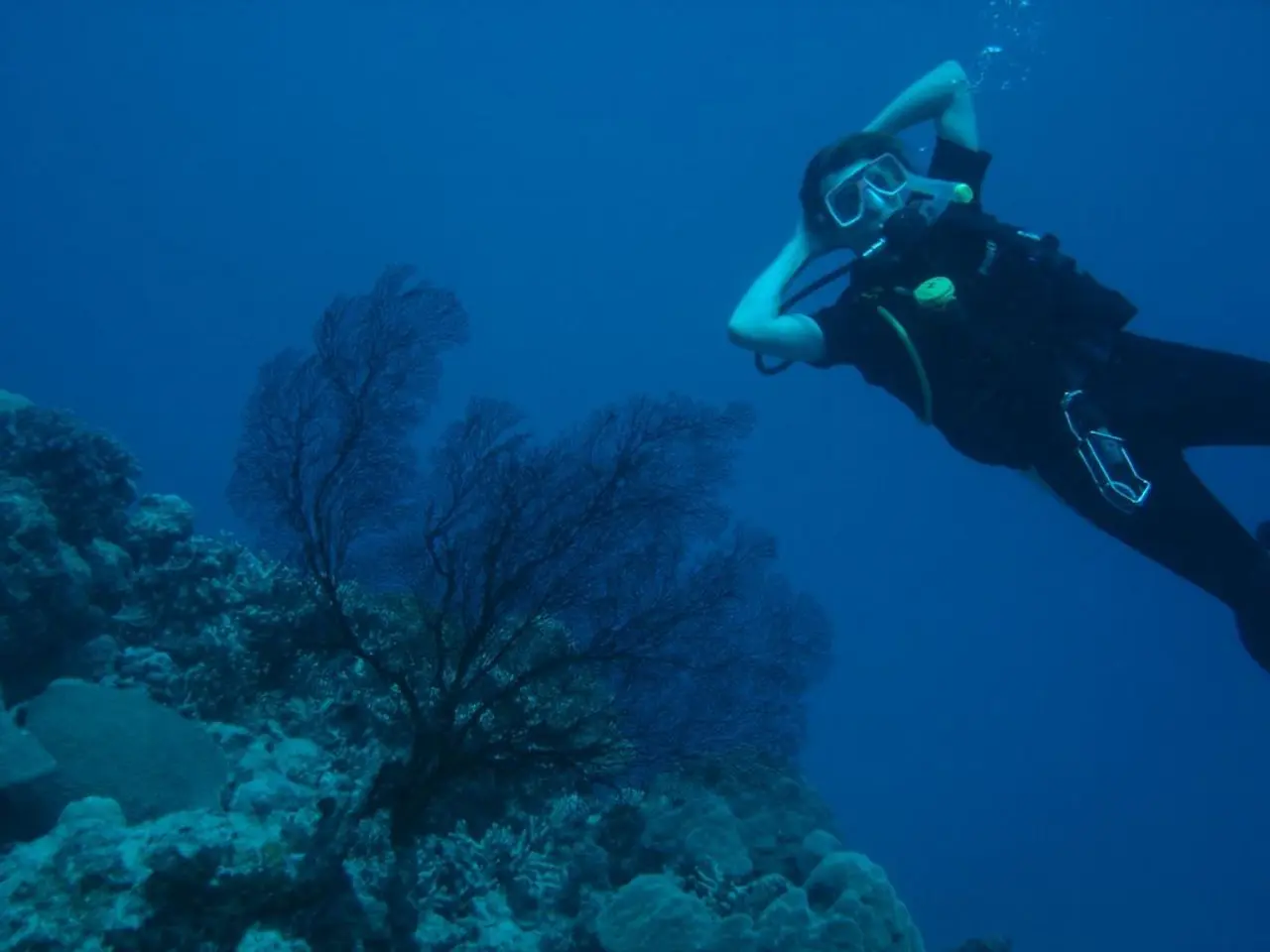Catastrophe Warnings Prewreck of Titanic: Unveiling Major Safety Lapses
In a tragic turn of events, the deep-sea submersible "Titan", operated by the company "Oceangate", was involved in a fatal accident in June 2023. The submersible, which was on an expedition to the wreck of the Titanic, suffered a catastrophic implosion, resulting in the immediate death of all five occupants, including CEO Stockton Rush, French scientist Paul-Henri Nargeolet, British adventurer Hamish Harding, British-Pakistani businessman Shahzada Dawood, and his 19-year-old son Suleman.
Following the accident, the Dawood family issued a statement expressing their grief and calling for meaningful reforms, strict safety standards, and effective oversight in the submersible industry. The family's call for action was echoed by the U.S. Coast Guard's Marine Board of Investigation (MBI) in a 335-page report published after a two-year investigation into the incident.
The report lists eight primary causal factors for the accident, with the initiating event being the loss of structural integrity. The design and construction of the submersible led to defects in structural integrity, which ultimately led to the catastrophic implosion of the hull. The operating company, "Oceangate", failed to adequately consider fundamental technical principles in the design and testing of the submersible, and did not adequately control incidents on previous trips.
The report also exposed failings in safety culture at "Oceangate". The company's use of intimidation tactics to evade regulatory scrutiny, exaggerated safety claims by leadership, and a flawed whistleblower process were all contributing factors to unsafe operational conditions.
In response to the accident, the U.S. Coast Guard's MBI issued 14 safety and 3 administrative recommendations. These recommendations emphasize stronger regulatory oversight, improved operational safety practices, and enhanced emergency response coordination in the submersible industry.
Key recommendations and findings include:
- Submersible operators must notify local Coast Guard offices before any dive, submitting detailed dive plans and emergency response strategies tailored to the maximum operational depth.
- There is a critical need for clear regulatory pathways and oversight mechanisms for submersibles, especially those of novel design, as the existing domestic and international frameworks were found inadequate.
- Operators should implement proper design, certification, maintenance, and inspection regimes to ensure hull integrity and safety.
- Joint planning exercises among the U.S. Coast Guard, Navy, and commercial remotely operated vehicle (ROV) operators are recommended to improve subsea search and rescue capabilities for deepwater emergencies.
- The investigation recommended instituting stronger whistleblower protections and enforcing accountability measures for operators to prevent negligence and prioritize passenger safety.
- It was emphasized that novel engineering designs cannot bypass established safety oversight, setting a precedent that innovation in subsea exploration must coexist with rigorous regulation.
Together, these recommendations seek to prevent future tragedies by enhancing safety standards, regulatory clarity, monitoring, and emergency preparedness in deep-submersible operations. One of the recommendations is that owners of submersibles should be required to submit diving and emergency plans before operations.
The tragic accident on board the Titan has shone a spotlight on the need for improved safety and oversight in the submersible industry. As we move forward, it is crucial that we learn from this incident and implement the necessary changes to ensure the safety of all those who venture into the depths of our oceans.
[1] U.S. Coast Guard, Marine Board of Investigation, "Deepwater Horizon: The Final Report" (2010). [2] U.S. Coast Guard, Marine Board of Investigation, "Titan: Deepwater Submersible Accident Investigation Report" (2025). [3] National Transportation Safety Board, "Submersible Accident Report: Titan, June 2023" (2024). [4] International Maritime Organization, "Submersible Safety Code, 2026". [5] European Union, "Submersible Safety Regulations, 2027".
- The U.S. Coast Guard's Marine Board of Investigation (MBI) highlighted in their report that the design and construction of the submersible, "Oceangate's" Titan, led to defects in structural integrity, which ultimately contributed to the catastrophic implosion of the hull.
- Key recommendations from the reports following the Titan accident include the requirement for all submersible owners to submit diving and emergency plans before operations to ensure improved safety standards and emergency preparedness in deep-submersible operations.




